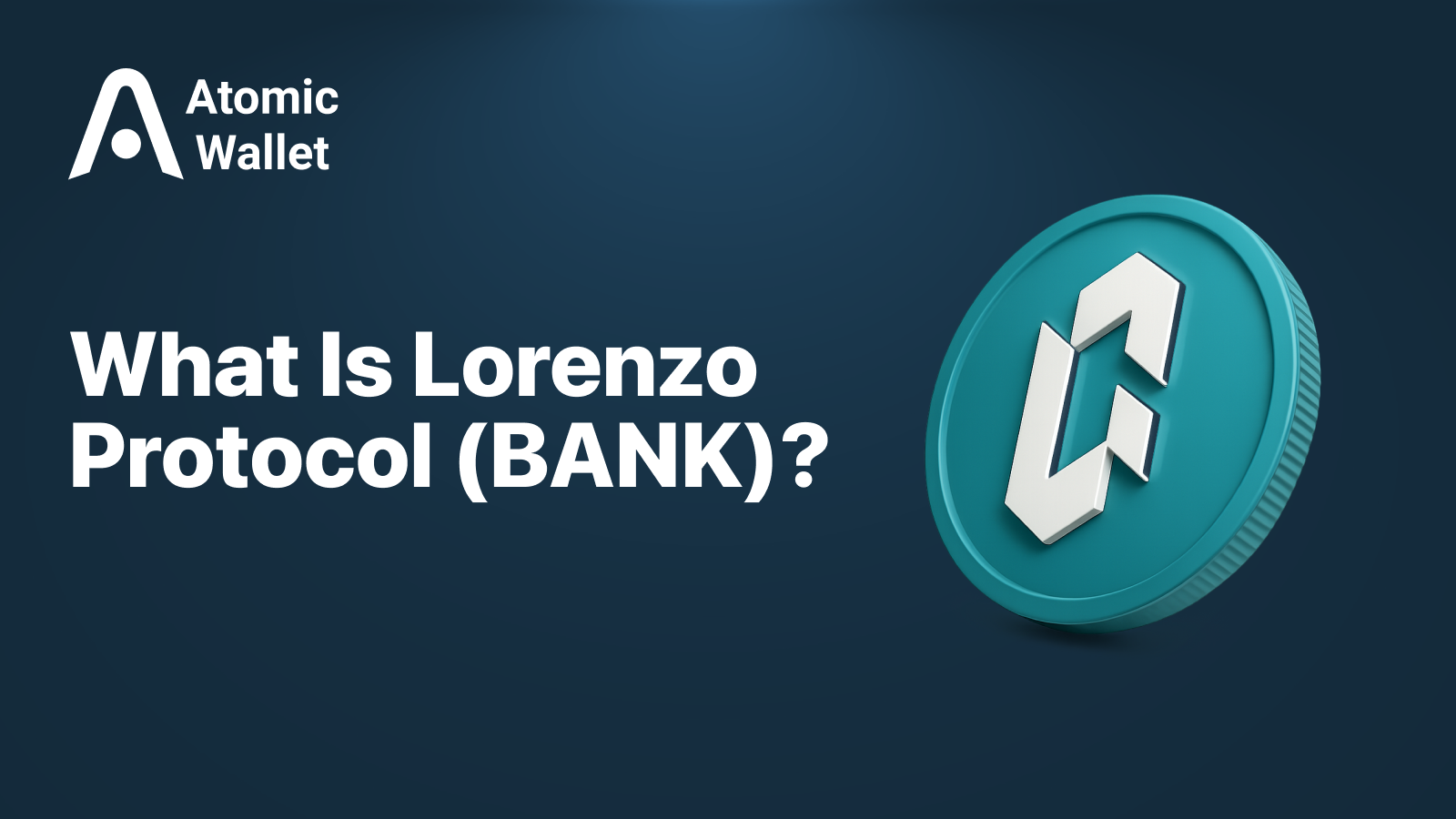Assets

Exchange

Buy Crypto




The foundation of each blockchain is an immutable time-stamped series record of data, linked by cryptography, distributed and managed by a cluster of computers (nodes). The chained list of records is called blocks. Each block contains a cryptographic hash of the previous block, a timestamp, and transaction data (usually represented as a Merkle tree).
Initially, Bitcoin, which first defined blockchain technology as a core underlying component of cryptocurrency networks, didn’t determine the size of blocks in 2008. However, it was set up to 1 MB by the BTC creator Satoshi Nakomoto in 2010. The ex-lead developer has never publicly announced the reason for the block size limitation in the protocol, and it provoked the emergence of speculative theories. Some believe that Satoshi supposed the block size to be an anti-spam measure, and would prohibit a hacker to overload the Bitcoin network with large blocks filled with fake transactions. Others speculated that the measure was temporary. Conversely, the code, implied to make the size limit, has been originally considered as long-lasting, and it greatly affected the network.
The main issue that appeared with the 1 MB Bitcoin block size is the network’s scalability, i.e the number of transactions the network can process at a particular time. The processing capacity became limited by the average block creation time of 10 minutes with estimating 3.3 – 7 transactions per second (in theory, the BTC transaction throughput is 27 transactions per second). This limitation led to creating a ‘bottleneck’ in Bitcoin – transaction fees increased, the processing of not fitting in the block transactions postponed.

In Bitcoin’s early days, at least 6 confirmations from miners were needed before a transaction on the network was processed, and 10 minutes to mine a block on average according to the size and the available processing frequency. Overall, it took about one hour to confirm the transaction. But at times of the Bitcoin boom, one confirmation ranged between 30 minutes to 16 hours in critical cases.
As Satoshi Nakomoto had left the leadership by that time, various proposals from the community have come on Bitcoin scalability solutions, which resulted in a controversial debate, ‘ideological battle over bitcoin’s future’ (characterized Business Insider in 2017).

The first contentious debates over the Bitcoin block size, whether to modify it to increase the number of transactions, appeared in 2015. The registered users of Bitcoin (according to Blockchain.info) had grown up to 1.5 million by the start of 2015, and this started to drastically increase the transactions number. It was noted that more than 240,000 transactions were confirmed per day sometimes in that year. Of course, this fact let the disputes emerge; although, they were vague until the scaling situation got much worse by 2017. The transactions number per day increased up to 300,000 and more. In May, the transaction confirmations were expected for several days, and until the measurements were done, in December of 2017, the transaction confirmation number reached almost 500,000 just in one day. That’s why the debating ‘parties’ had to come up with some straight and instant solutions.

At the end of 2015, Pieter Wuille, Blockstream co-founder and developer, proposed the idea of Segregated Witness (SegWit). More specifically, SegWit is supposed to take the signature out of the transaction and put the data into a Merkle tree in the coinbase component of the transaction, or the input of a generated transaction. This would make the transaction smaller to the actual network’ nodes, which would increase the capacity of the potential transactions included in the block even with the 1 MB size.

Community’s minority confronted the proposal, claiming about opposite “Satoshi’s view” and due to trust issues with Bitcoin developers, mostly volunteer team. However, with rapidly grown Bitcoin’s price (in 2017 it returned to the 2013’s highs), it was decided to make an upgrade to the network. Only in November 2017, SegWit, the new cryptographic protocol update was released. As a result, SegWite increased the space of each new block.
When the first step towards the Bitcoin block size was made through the soft fork of SegWit solution, some community members, ‘big blockers’, proposed further changes, i.e. hard fork.
As a result, Bitcoin Cash (BCH), a new cryptocurrency, was born on August 1, 2017. This alternative to original Bitcoin increased the block size from 1 MB up to 8 MB. Today, BCH is in the top 10 cryptocurrencies by market capitalization. Since Bitcoin Cash split off from Bitcoin, it has itself implemented several more hard fork upgrades, some of which, in turn, led to even more splits in the network and new cryptocurrencies. The most notable of these is Bitcoin SV, infamous for some fraud activities. Although, it has an even bigger block size limit than Bitcoin Cash does.

The other update, which didn’t require significant changes to the Bitcoin protocol was made in 2018. Beyond the implementation of Segregated Witness, Lightning Network (LN) was also a technical solution developed as a protocol of the second layer of blockchain networks. Deployed on top of the Bitcoin network, LN uses advanced smart contracts to achieve higher transaction throughput while preserving the peer-to-peer nature of the Bitcoin protocol. As a result, the ‘Layer-2’ protocol enables fast transactions of the main network’s layer with a low network fee.
This proposal includes an immediate increase in block size up to 8 MB (doubling in size every two years), reaching the block size up to32 MB at final. It would give miners even more opportunities than they had. However, BIP101 led to speculations on how miners could play the voting system. Also, other concerns that such a significant increase, followed by a series of doubling events, could further reduce the number of participants on the network.
Besides the mentioned proposals, many other solutions were also suggested, including Bitcoin XT, Bitcoin Classic, Bitcoin Unlimited, and BIP148, but they failed to gain popularity in the crypto community.
Scalability is one of the most pressing issues in the development of cryptocurrencies. In general, the unresolved issue becomes the main problem not only for the network’s growth but also for the adoption and practical application of blockchain.
Fortunately, these days, more and more revolutionary solutions on the scalability are being proposed. However, as we see, not each one of them is trustworthy as well as enough authoritative, so the main challenge before starting any changes is to find consensus between members of the network’s community. In the case of Bitcoin, which has the largest and the oldest community, a variety of solutions was implied due to the lack of consensus. Currently, we can’t complain as the network stable, secure and fast as much as possible, but to predict whether the scaling issue increases again, or there is consensus on the network, we are also not capable of.

Learn what Lorenzo Protocol is — an institutional-grade on-chain asset management platform backed by YZi Labs. Explore BANK token utility, USD1+ OTF, stBTC, and BTC yield products.

Learn what JPMD is — J.P. Morgan’s new USD deposit token now live on Base. Discover how deposit tokens work, how they differ from stablecoins, and why JPMD marks a major shift toward institutional Web3 adoption.